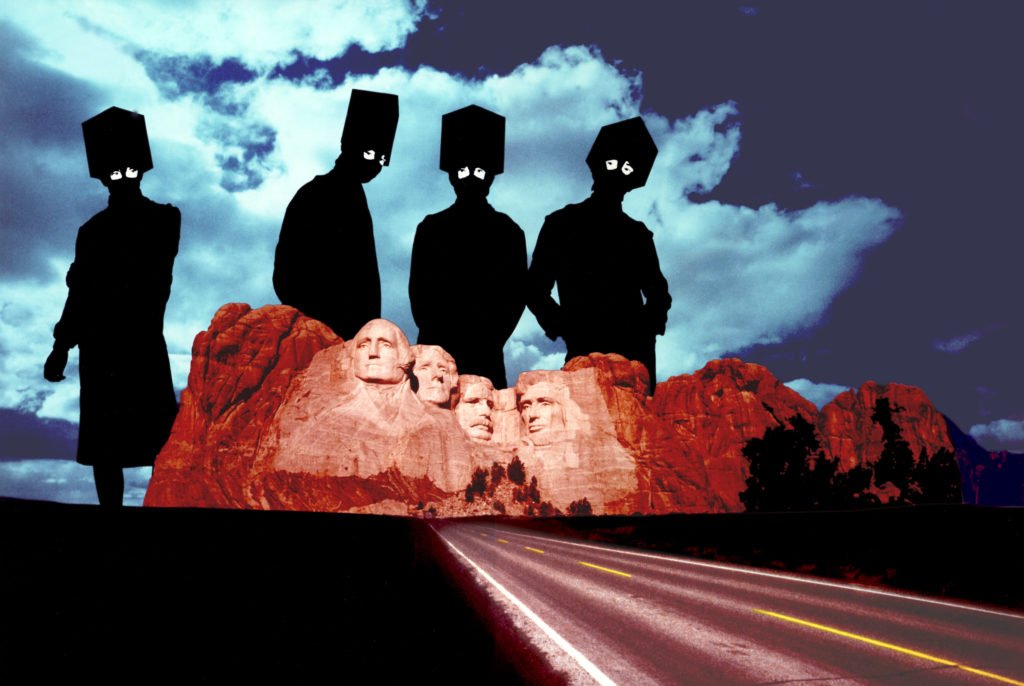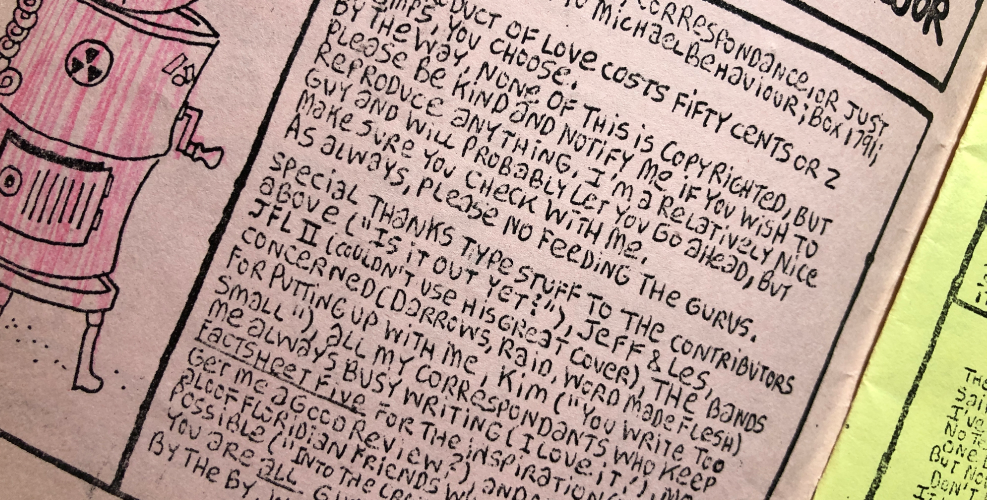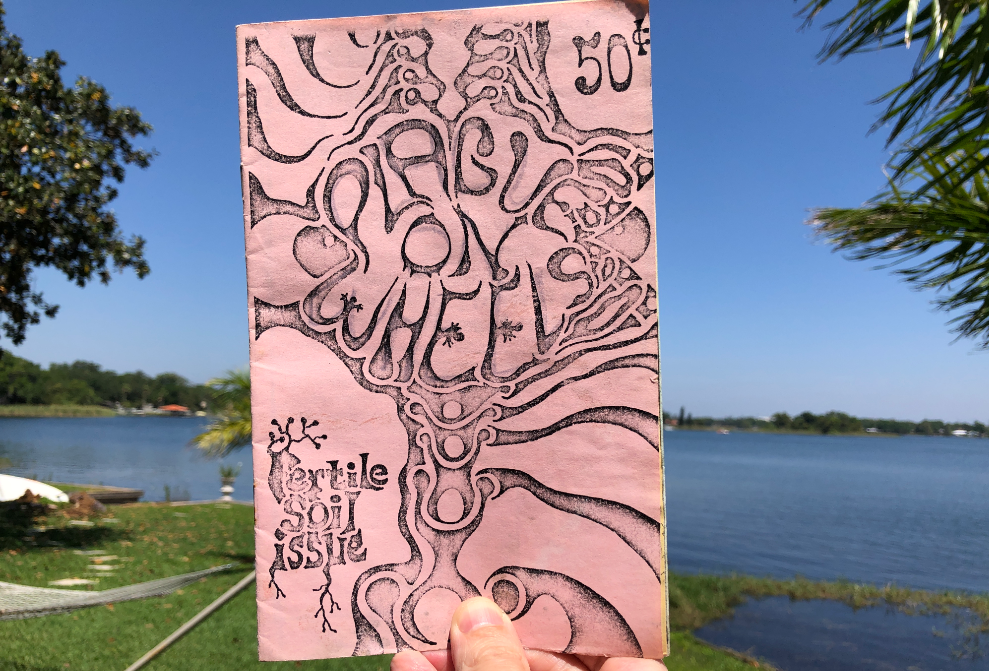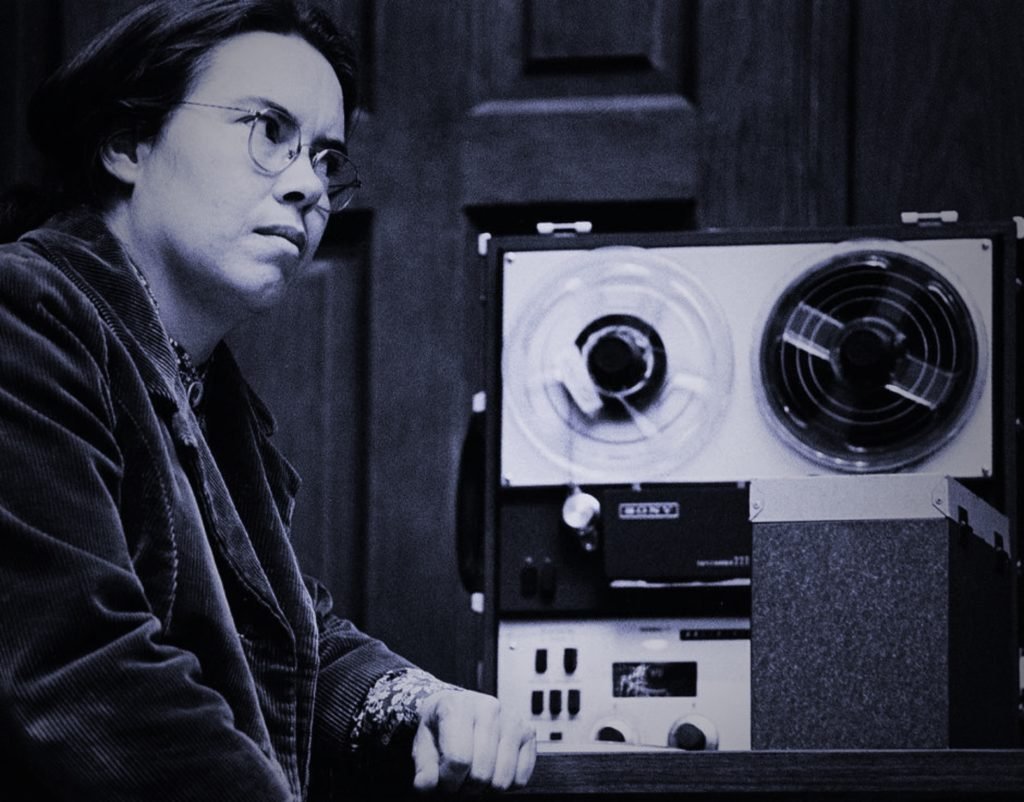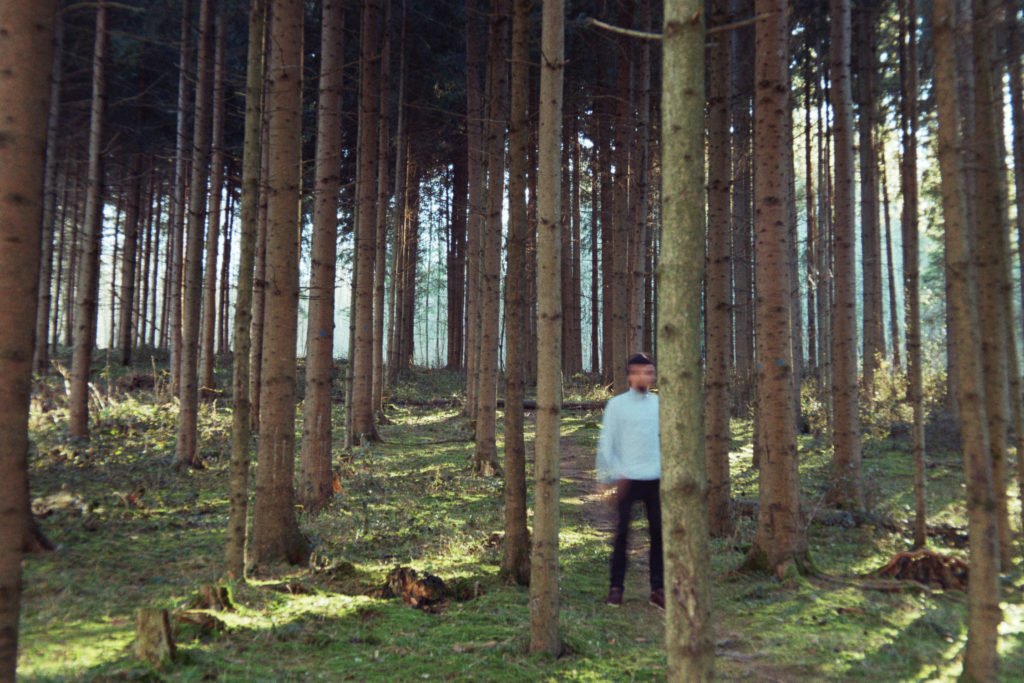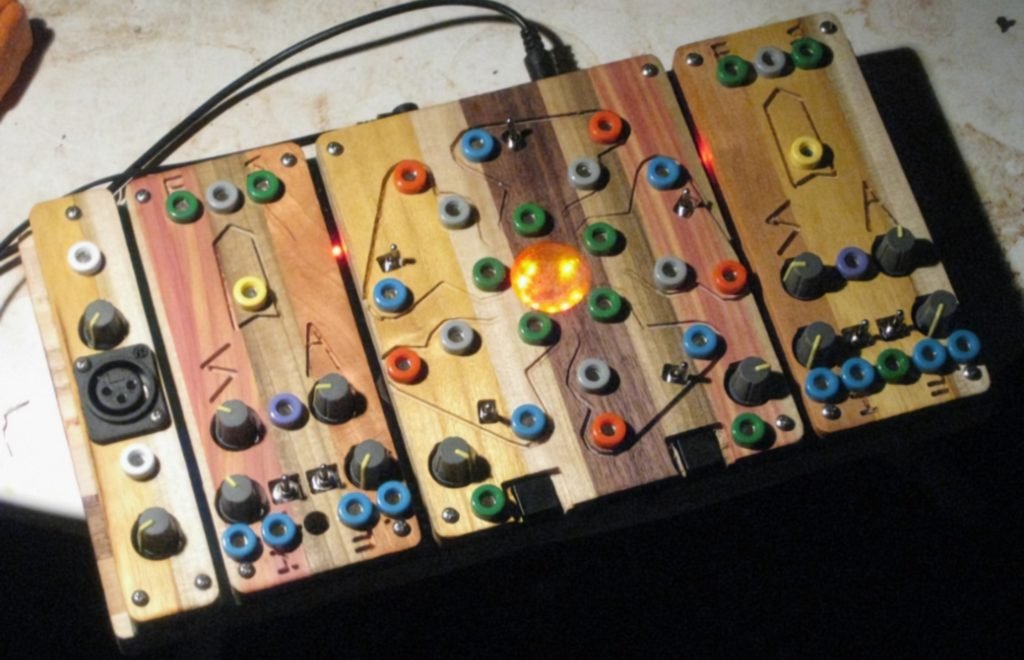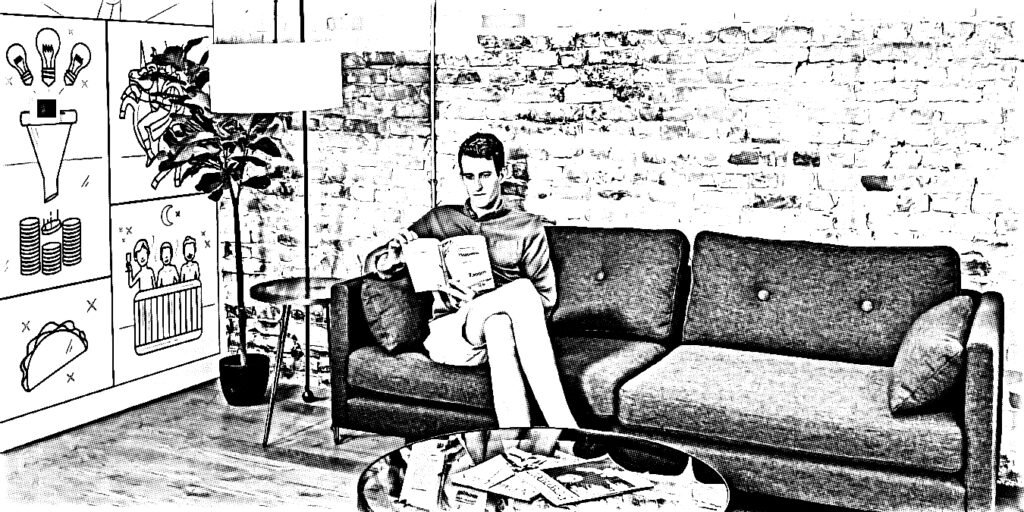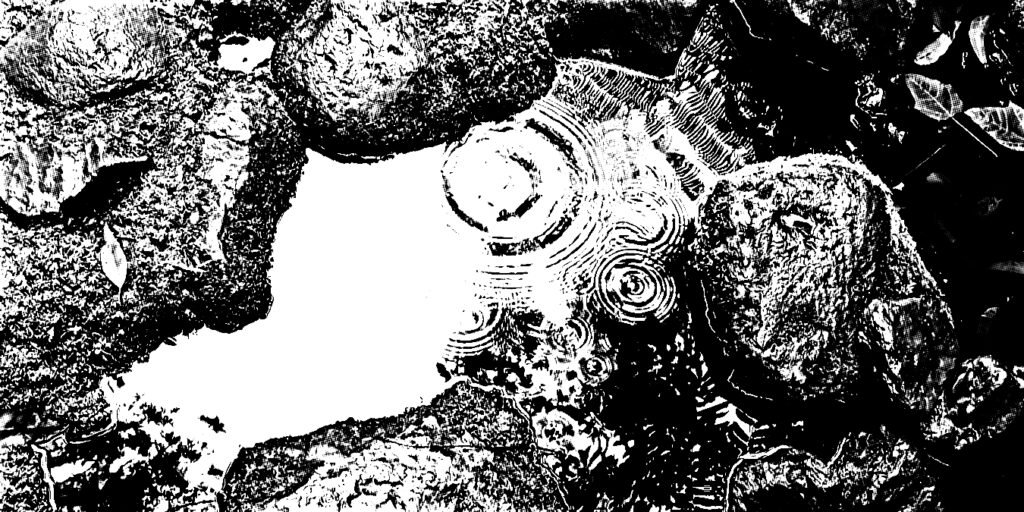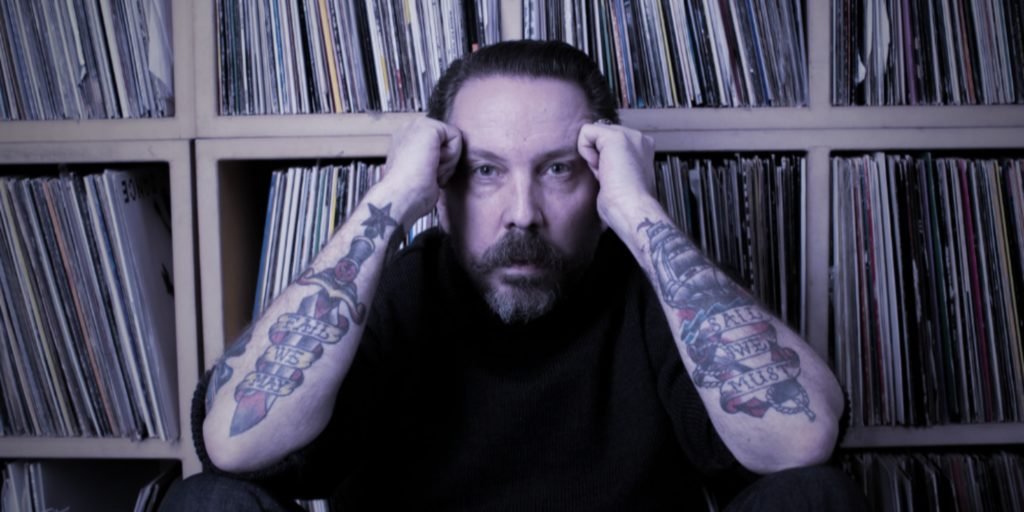
At the beginning of ‘Corona-Time,’ I was re-introduced to Daniel Bremmer, who I first met around 1999 at a coffeehouse in Orange County, CA. I was on tour with the band GusGus, and he invited me to do an impromptu off-the-beaten-path DJ set at the café before the Los Angeles show.
Time goes by, and we all move on to different things and careers. I’m doing … well, this. And Daniel is a creative director working with the likes of National Geographic, No Kid Hungry, and Barack Obama’s youth voter registration campaign Vote For Change. So I was psyched to hear from Daniel after all these years and learn about his brand new project: Handwash Jukebox.
“The idea came to me in the shower,” Daniel explains. “I had just watched a video that explained how the detergent molecules in soap break up the SARS-CoV-2 virus behind COVID-19. I had, of course, read that washing your hands worked, but that made it visceral and real, and the 20-second thing made sense. I wondered if there was something I could do to help people wash their hands for the full 20 seconds. I’d heard of the alphabet song, but that sounded tedious. Then I wondered if these smart speakers we already have in our homes could be a cool way to solve that problem, by offering different fun 20-second experiences that would keep people washing their hands to the end.”
Utilizing Amazon Alexa, Handwash Jukebox is a ‘skill‘ that — upon the command, “Alexa, open Handwash Jukebox!” — plays a cool 20-second song to accompany your sudsy routine. Unlike the same old “Happy Birthday” refrain, the songs are hip and fun, coming from the likes of The Slackers, Lisa Loeb, Azalia Snail, Rithma, and Shana Falana. The artists are diverse, across all genres, and from around the world.
Not only is Handwash Jukebox a brilliant move to make washing hands for the allotted time fun, but there’s an embedded element of music discovery. A voice-over reveals the names of the artists and where to find their music when each song finishes. It’s a fascinating concept, exploring an outside-of-the-box opportunity for bands and musicians made possible through emerging technology. Handwash Jukebox presents a compelling tie-in without that brand-aligning ickiness. It should make us eager to brainstorm other unexpected technology-meets-discovery collaborations.
I spoke with the core team behind Handwash Jukebox — Daniel Bremmer (creative director), Layne Harris (creative technologist), and Lucy Kalantari (artist & music supervisor) — to get their insight and perspective on the project, the reactions they’ve gotten, and how it opens doors to future similar artist-technology collaborations.
What were the challenges in putting together Handwash Jukebox? What’s it like working with the Alexa platform on something like this?
Layne: I have worked on a few branded Alexa Voice skills in the past, so I was pretty familiar with how to both make and promote them.
Daniel: The software was the easy part — Layne had a demo up in a little over a day. The most time-consuming process was reaching out to artists and working with them to get music that was right for the occasion, getting the licensing done correctly and working with Amazon’s Alexa team to make sure that we weren’t in violation of any laws or policies relating to a skill directed at both children and adults.
Layne: Alexa is a pretty friendly platform to develop on, but it’s helpful to have had experience with building these. You sometimes really have to have your ducks in a row to get approval. Things like sound compression settings can be very specific.
How did you quickly find your first musical collaborators?
Lucy: I’m a songwriter, composer, and producer and have been focusing my work to make quality content for children and their families. My last album won a GRAMMY award for Best Children’s Album. The Kindie community (that’s what we call kids independent music) is a close-knit group of musicians. And when I put a call out to my friends about needing some hand-washing music, I had a handful of tracks within 15 minutes! During this trying time, we feel the need to DO SOMETHING, and this was a call-to-action we could all get behind.
And how have the musicians reacted to their music in Handwash Jukebox?
Lucy: The artists are thrilled to be participating in something meaningful during a difficult time. And since I’m friends with some of the artists, they often recount what the experience has been like for their children using the skill at home. Emotions range from, “Hey, that’s my mom’s song!” to groovin’ to the addictive beats of Kent Lucas’ awesome track. I love that we can become each other’s fans, and families around the world get to dive into all this great new music with us.
I imagine creating experiences for people during a crisis in a delicate act. How did you approach this differently than you would in normal times?
Daniel: One of the things we’ve really tried to adhere to early on is the mindset of the user. When we started, all this felt precautionary — but we knew that people were going to be personally affected. So we’ve made an extraordinary effort to keep the tone light and fun. Yes, we all need to change our habits for a serious reason, but no one wants to be reminded of why when they know someone who has COVID-19 or just lost their job. I hate having to ask artists who are volunteering their time to change lyrics or to turn down submissions I personally like, but if we aren’t making it a rewarding and useful experience, then people aren’t going to use it and aren’t going to slow the spread.
Now that people are using Handwash Jukebox, have there been any surprises?
Layne: I love that people who know me were using it not knowing it was me that built it! That’s pretty exciting and humbling.
Daniel: Something I only discovered by using the final pre-launch build was that certain songs make the 20 seconds fly by — even if they are actually longer. My favorite example is the song by Icelandic artist Ólöf Arnalds. The song switches perspectives halfway through the song, and the musical build carries the listener. It not only makes the time pass, but it gets stuck in your head. I’ve found myself walking our dog and signing it to myself.
It’s great that people can find new bands by simply washing their hands. How important was the discovery element in developing Handwash Jukebox?
Daniel: While this is primarily a tool to get families to wash their hands, we designed this from the very beginning to give the artists credit and to direct people to where they could support the artist. This caused some delays in the approval process, as it kept getting flagged as advertising. But it was important to us, so we worked with Amazon to make sure that it was absolutely clear that we were just crediting artists and not up to anything untoward.
How did your own experiences prepare you to work on a project like this?
Layne: I think of myself as a maker, the result of which is ending up in roles where I either take the lead on coming up with wacky inventions or support other people’s creativity. I’ve been a huge fan of voice tech for some time, and have really enjoyed developing content for voice platforms, so this project was a no-brainer for me.
Daniel: This is kind of a perfect combination of things I’ve been obsessed with since I was a kid — music, technology, and trying to make the world better. Like Layne, I make my living in advertising — creating experiences and campaigns that people like to connect with. And like with any creative job, you bring your interests and experiences to your work, but seldom this many at once.
Lucy: When Layne approached me about Handwash Jukebox, I felt the immediate need to connect with families who struggle to have their children wash their hands for 20 seconds. I know I was having a hard time with my own son. He would sing the alphabet at lightning speed, cutting it down to a mere 7 seconds, which was impressive in itself but wasn’t getting the job done.
Despite the stressful times that inspired Handwash Jukebox, it’s fun and surprising that hand-washing is now something that helps people find bands.
Lucy: People digest music in so many different ways, and discovering new music while doing a seemingly innocuous thing like washing hands is not something I ever would’ve predicted a few years ago! If we can find more ways to integrate music into our daily routines — creating a soundtrack for our lives — we’ll discover some incredible and eclectic works being published. It’ll be an important and new way to feed our musical souls.
Learn more about Handwash Jukebox at www.handwashjukebox.com.

